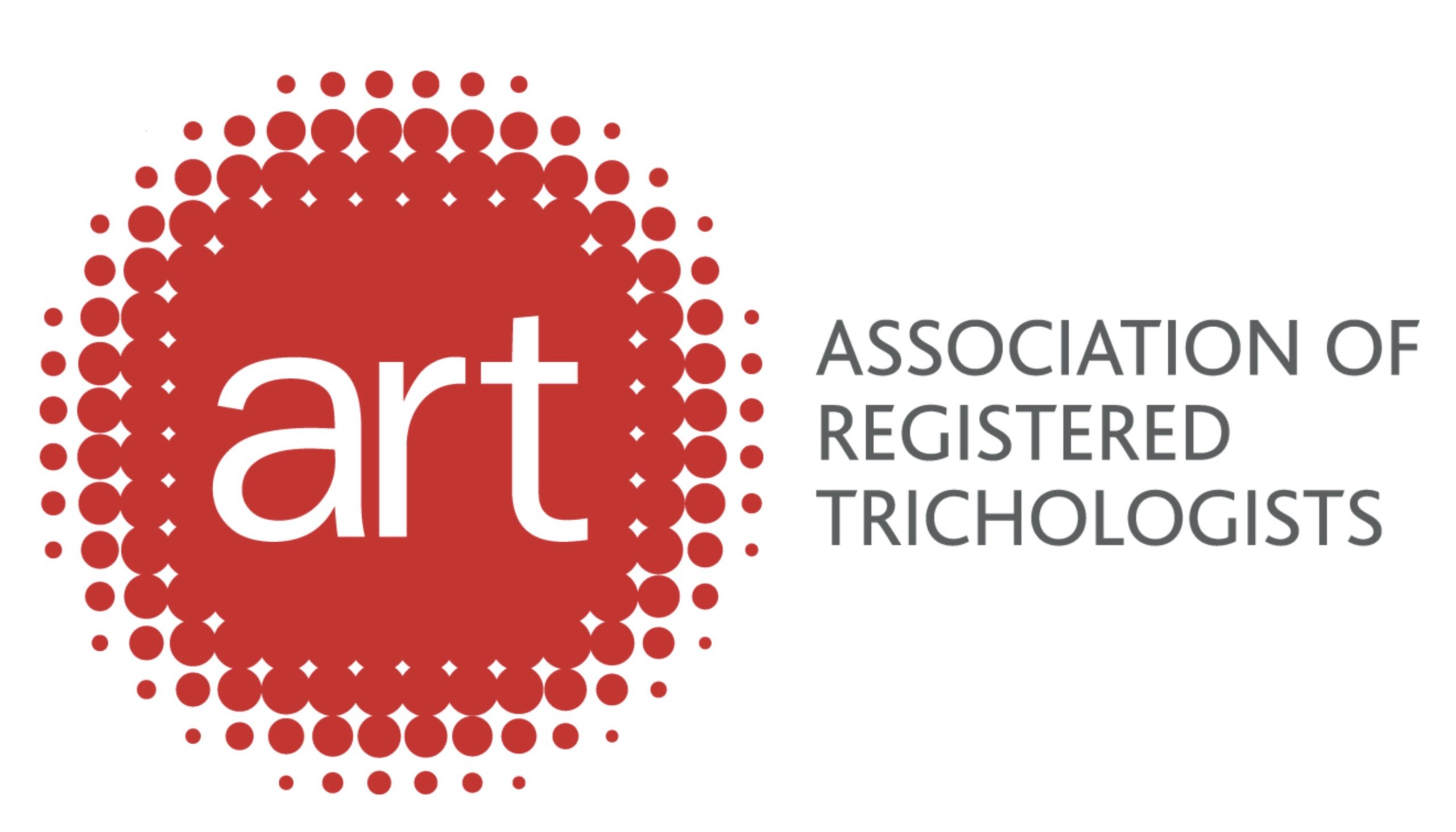Hormones are considered the most common cause of hair loss for both women and men. Six of the most common hormone related hair loss conditions regularly seen in clinic are:
1. Androgenetic Hair Loss – Male Pattern Hair Loss/ Female Pattern Hair Loss.
As the name suggests – this is a ‘genetically’ acquired condition. Both men and women can inherit a certain ‘sensitivity’ to a hormone which is created by the conversion of testosterone into a more potent variant known as dihydrotestosterone (DHT). Both men and women need testosterone; men have a large amount of testosterone and a smaller amount of oestrogen – whereas women have a smaller amount of testosterone and larger quantities of oestrogen and progesterone.DHT affects your hair by targeting receptors within the hair follicles, causing miniaturisation. This means that throughout the hairs growth cycle (growing shedding and regrowing), hair gradually gets thinner – and can eventually stop growing altogether. In women this type of hormonal hair loss produces a ‘diffuse thinning’, resulting in a widening parting and a more visible scalp. Men typically have a receding hairline and temples with a thinning crown – which can eventually result in complete hair loss to the top of the head.
2. Hypothyroidism and Hyperthyroidism are both conditions caused by an imbalance of hormones. Severe and prolonged cases can cause hair loss, which may present as ‘diffuse’ thinning across the entire scalp. Regrowth can occur with successful treatment of the thyroid disorder. Some forms of thyroid disorders may come on abruptly and are diagnosed early, while others may have been present for months or years before diagnosis. Hair loss may only become apparent several months after the onset of thyroid disease, which may follow the treatment, causing blame to fall incorrectly on the thyroid medication.
3. Puberty is a period in our lives when hormones have a huge effect on our bodies. There is often a sudden influx of dihydrotestosterone (DHT), which may result in diffuse hair loss for females and a receding hairline in males. It is however, not a common occurrence for teens to lose their hair, and hair loss may be an indicator that something else is going on within the body that may require attention. Puberty is also a time when the sebaceous glands (influenced by hormones) produce extra sebum, which can make hair look too flat and greasy, which makes the hair appear ‘thinner’ – as it has lost its ‘bounce’ or volume. ‘Scalp buildup’ can occur when sebum accumulates with sweat, perspiration and dead skin cells on the scalp. Cleansing hair regularly (every day or every other day) with a detox shampoo can help oily hair and this type of build up. As a trichologist – I see more problems created by not shampooing the hair enough – rather than shampooing too often.
4. Pregnancy and Childbirth are obvious times of huge hormonal change. Women produce more oestrogen during one pregnancy than throughout the rest of their entire life when not pregnant, resulting in the hair staying in its’ growth phase for longer, with less hair shedding, giving a noticeably thicker and fuller head of hair. However – three to six months after giving birth, the hormones stabilise and the normal hair cycle returns – which often results in a much greater than normal hair shedding. This can be quite alarming, but once the hormone levels ‘settled back to normal’ – hair growth does recover.
5. The Menopause is another example of hormonal change – during which hair loss is related to the reduction of oestrogen and progesterone, which allows male hormones a more dominant role. Hair follicles miniaturise resulting in hair growing more slowly and becoming thinner, more ‘brittle’ and more susceptible to damage.
6. Stress is often blamed for hair loss – and often with good reason. Stress releases hormones like adrenaline, cortisol and testosterone into the body, which can suppress oestrogen and affect the hair follicle, resulting in hair loss.
How To Treat Hormonal Related Hair Loss
Just as there is not only one version of hormone related hair loss – there is not just one solution. Accurate diagnosis is always essential. A certified trichologist will be able to investigate the cause – and recommend (where needed) lifestyle and dietary changes, supplementation, shampoo, topical solutions and medication; and (If needed) – referrals to other health care professionals.
“Sometimes – a diagnosis helps you to understand what’s going on inside your own body, which itself can help to put the mind to rest and be the first step to recovery”.
Neil Harvey MIT
Director – The Institute of Trichologists
Elan clinic – Warwickshire UK
References;
https://www.healthline.com/health/pregnancy/bodily-changes-during#TOC_TITLE_HDR_1





No responses yet